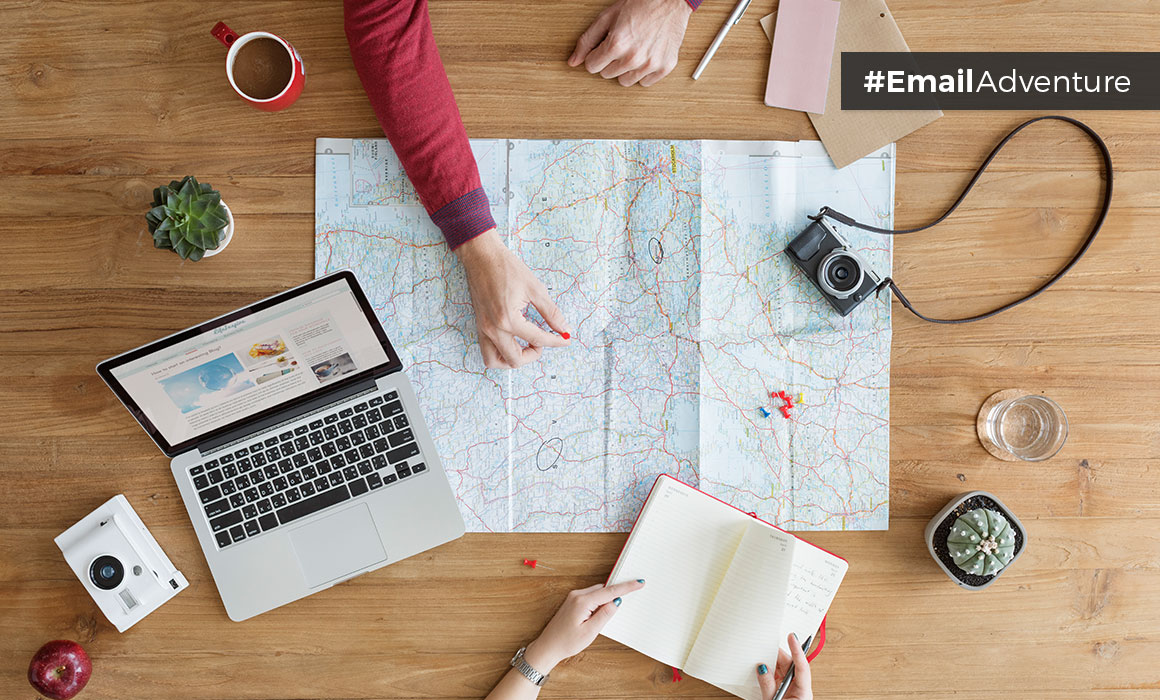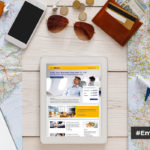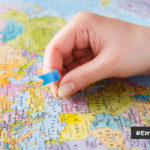5 Easy steps to planning an epic Email Journey
Travellers don’t just book a single ticket to their end destination, but plan a journey from start to finish. Similarly, you need to plan your email marketing, not as a single broadcast, but as a customer journey from welcome series to continuous purchases. Here’s how to start your email journey!
Email Journey automation
Over the past 5 years ESP’s have become more tech savvy and easier to use. Brands are enabled to set up their own automated email journey with little effort. But the plan isn’t just to be able to set up an automated journey, but to consider what you’d like to achieve and how all of your separate metrics and goals will form part of one continuous flow of marketing conversation.
We are not the message of our singular brand communication, but that of our entire marketing and brand. Here’s 5 steps to help you start planning your bigger picture.
-
Choose your Journey Designer
Welcome series, Birthday mailers and Abandoned carts – your ESP and email Journey Designer should be able to do it all. Before just being persuaded by price, take a good look through the various email alternatives available and ensure that you understand how your ESP will help you reach your goals. Just because you haven’t tried or used a specific function yet, doesn’t mean you won’t need it in the future.
-
Set different customer email journeys
Now’s the time to plot out your different email journeys and ensure all your data moves seamlessly from one journey to the next. New subscribers shouldn’t be added to every email journey at once, but rather move through the sales journey seamlessly, stopping at major events such as birthdays, but ultimately working together to drive users further down the sales funnel to a conversion.
Journeys to include:
- Opt-in & verification
- Welcome
- Birthday
- Re-engagement
- Reminders
- Big observances/ marketing events
-
Delay, Email, Condition – set the Journey steps
While it’s beneficial to map out your email journeys individually, you also have to look at it as a whole. How do users move from initial sign-up to loyal customer? How will you motivate them to change from first-time-buyer to new loyal repeat buyer? Once finished with one email journey a user should automatically be moved from one journey to the next. Even with automation readily available at our finger tips, very few marketers really make use of email journeys to it’s full potential.
-
Set your Journey triggers
How much is enough? How soon is too soon? How late is too late? By setting your journey triggers you’re deciding on a set action to take upon a specific time – enabling you to send a specific message and desired action to your subscribers at a given time. Through careful journey mapping and setting up planned triggers you’re eliminating stopping your push marketing too soon – or giving the option to unsubscribe too late.
-
Manage your unsubscribes and inactive users
Thought of as the least popular and least important journey, your unsubscribes and inactive users are the most important segments to ensure you’ve got set up prior to going on your email adventure. By communicating targeted and relevant messages to your inactive users you could prompt them to re-engage with your brand, make a purchase or even unsubscribe – all options that will positively impact the health of your ISP and results. Yes, it’s true, a smaller engaged database IS better than a bigger inactive one.
Ready to get started on your journey?
Get on top of the latest developments across multiple ESP platforms and get guidance about up to date best practice in email marketing with us! Digital Fire is a full-service digital marketing agency that works on multiple local and international clients and specialises in getting emails in inboxes. Give us a call for a no-obligation quote.
Source:
- https://help.campaignmonitor.com/automated-journeys
- https://www.campaignmonitor.com/resources/guides/customer-journeys/




